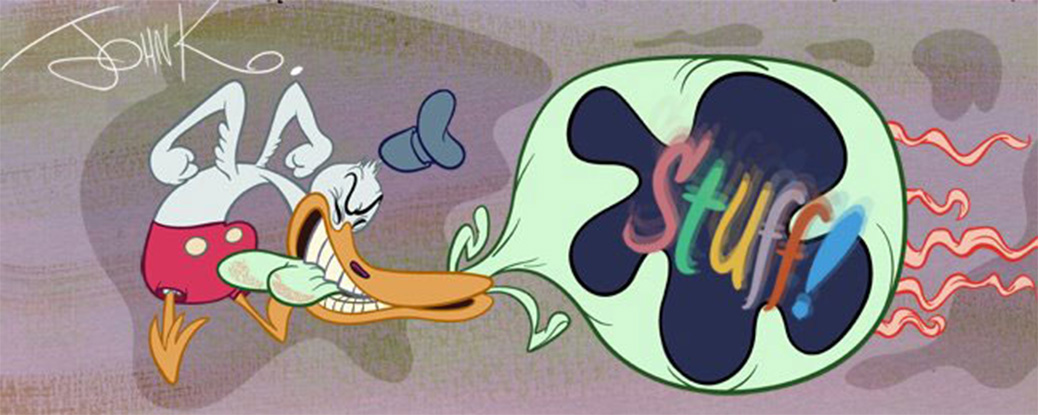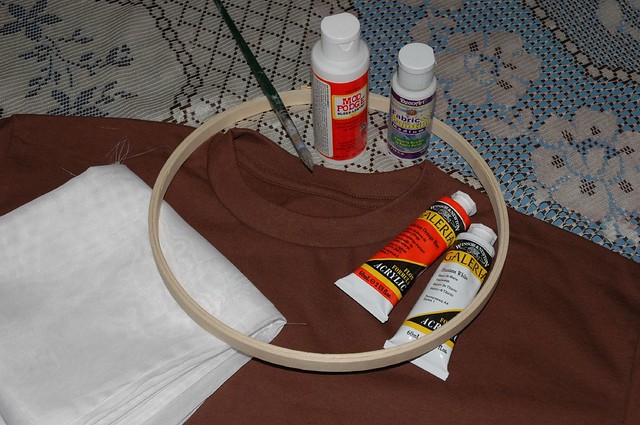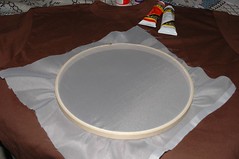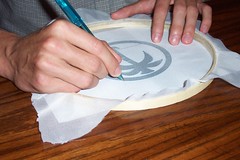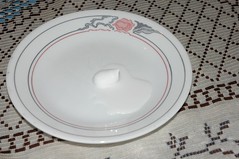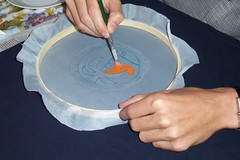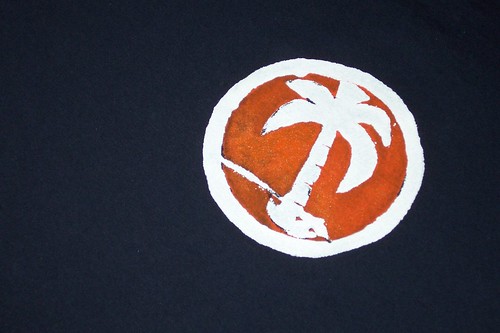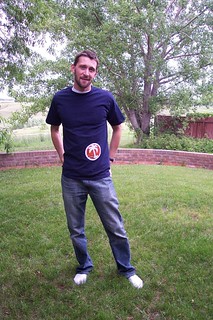John Kricfalusi writes:
You can go to animation school, spend a $100,000 and not learn a damn thing about the basics of good animation drawing-OR you can buy a Preston Blair book for $8 and learn it all in a couple months. You pick.
Just about every cartoon being made today is based on the principles and style of cartoons made in Hollywood in the 1940s—Anime, Cartoon Network flat stuff—even the Simpsons. The only difference is, that some of the principles that make the classic stuff look so good have been lost. The new cartoons are all a degeneration of what cartoons once were—a superficial copy of them—even though many off the artists drawing today don’t even know they are copying—but copying wrong—styles and trends and principles of what developed from the animated cartoons of the Golden Age.
John feels that one of the best ways to learn is by studying master animator Preston Blair’s book, “Animation”.
I’m going to not only tell you about the Preston Blair Book—but I’m gonna guide you through it, fundamental concept by fundamental concept.
I decided to take a whirl at the first lesson, by drawing the cartoon characters from the book. Here are my first drawings:

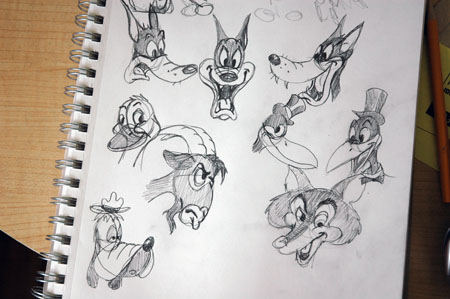
If you’re up to it, you can give the first lesson a try too. It’s easy when you follow the instructions.
